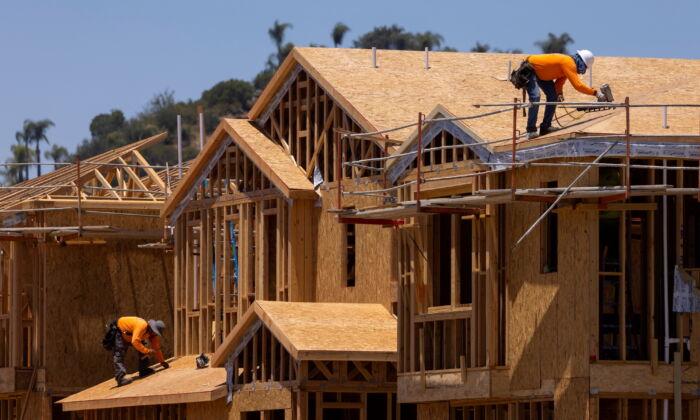Homebuilder confidence rose for the third consecutive month in November, beating forecasts despite the persistence of supply-side challenges like shortages of construction materials, lots, and labor.
In April 2020, builder sentiment plunged to 30, when pandemic lockdowns sent the economy into a tailspin. It then surged to a record high of 90 in November 2020 on the back of the economic rebound, before seeing a gradual decline to 75 in August, and then ticking up again.
“The solid market for home building continued in November despite ongoing supply-side challenges,” NAHB Chairman Chuck Fowke said in a statement. “Lack of resale inventory combined with strong consumer demand continues to boost single-family home building.”
A Commerce Department report in late October showed that sales of new U.S. single-family homes surged to a six-month high in September, while the median new house price accelerated 18.7 percent in the year through September to $408,800.
Existing home sales in the United States surged to an eight-month high in September, a separate report from the National Association of Realtors said in late October, noting also that the median existing house price rose 13.3 percent from a year ago to $352,800.
“In addition to well publicized concerns over building materials and the national supply chain, labor. and building lot access are key constraints for housing supply,” NAHB Chief Economist Robert Dietz said in a statement. “Lot availability is at multi-decade lows and the construction industry currently has more than 330,000 open positions.”
“Strong job and income growth, as well as fierce competition for for-sale housing, is fueling demand for single-family rentals,” said Molly Boesel, principal economist at CoreLogic.
Single-family rental vacancy rates dipped to a 25-year low in the third quarter, another factor pushing rent prices higher.
“Rent growth should continue to be robust in the near term, especially as the labor market continues to improve,” Boesel predicted.





